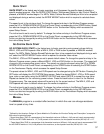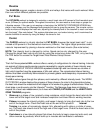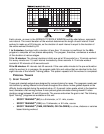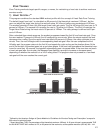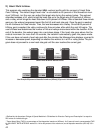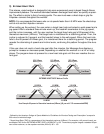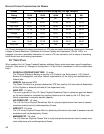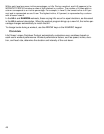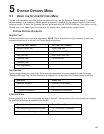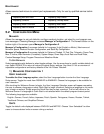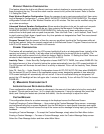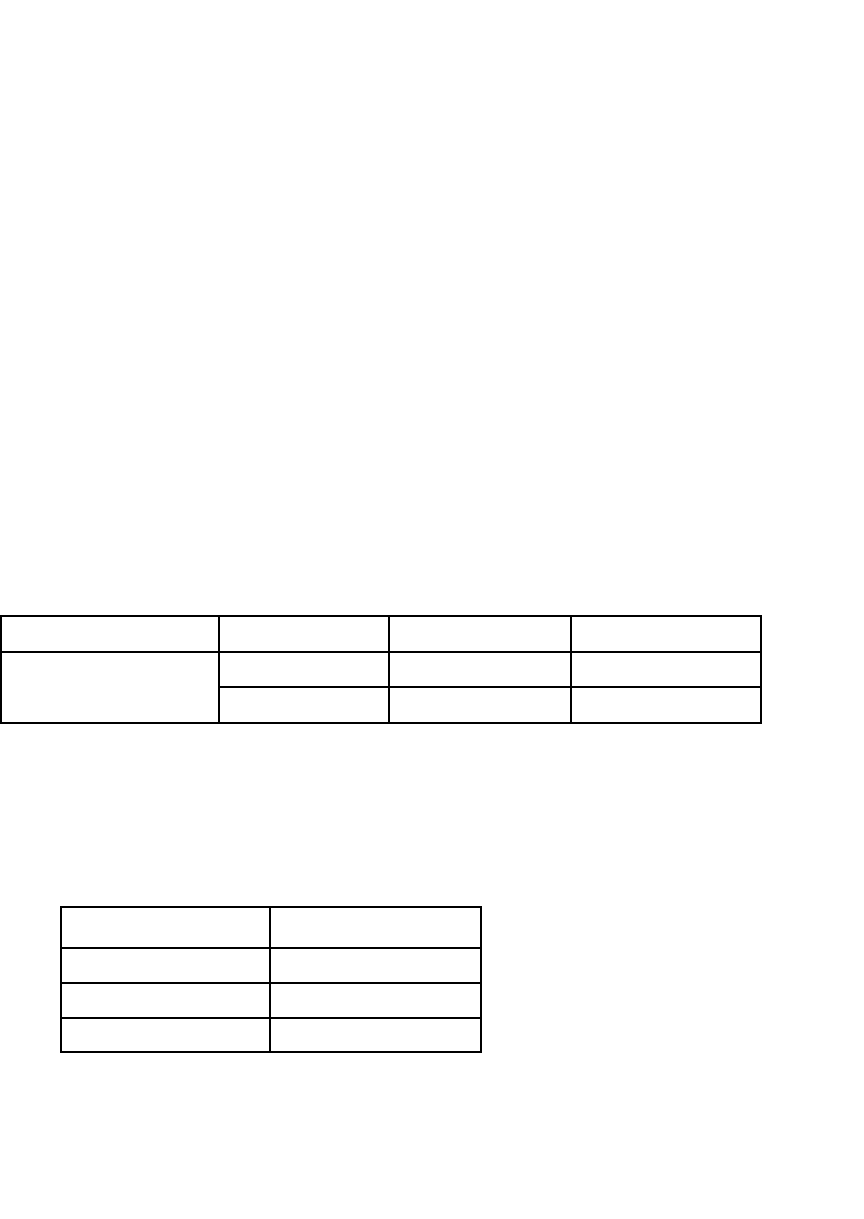
44
F
ITNESS TESTING
LIFE F
ITNESS
FIT TEST
The treadmill Life Fitness Fit Test program is another exclusive feature of this versatile treadmill. The Fit
Test workout measures cardiovascular fitness and can be used to monitor improvements in endurance
every four to six weeks. The user must grasp the hand sensors (if equipped) when prompted or wear a
heart rate chest strap, as the test score calculation is based on a heart rate reading. The workout duration
will be five minutes at a 5% incline. Immediately afterward, the console will take the user's heart rate read-
ing, calculate a fitness score, and display the score in the Message Area.
The Fit Test is considered to be a submax VO2 (volume of oxygen) test. It gauges how well the heart sup-
plies oxygenated blood to the exercising muscles, and how efficiently those muscles receive oxygen from
the blood. Physicians and exercise physiologists generally regard this test as a good measure of aerobic
capacity.
To set up the Fit Test:
!
Choose FITNESS TESTING, LIFE FITNESS FIT TEST.
!
Go through the setup screens for the Fit Test, including Weight, and age and gender. Press ENTER
after each selection to record the entry. (Gender does not require selecting Enter afterwards.)
!
The setup screen for Speed will appear. (ENTER SPEED)(2-4.5 mph). Consult the following recom-
mended fit test level chart for an appropriate effort level based on age, gender and activity level.
Press Enter after the selection.
After the five-minute FIT TEST is completed, a FIT TEST score will be displayed.
FIT TEST PROGRAM SUGGESTED EXERTION LEVELS
Inactive Active Very Active
Treadmill Fit Test Level 2-3 mph 3-4 mph 3.5-4.5 mph
3.2-4.8 kph 4.8-6.4 kph 5.6-7.2 kph
NOTE: Treadmill will incline to 5% after a one minute warm-up.
Suggested exertion levels should be used as a guideline for setting up the Fit Test program. The goal is to
elevate the user's heart rate to a level that is between 60%-85% of their theoretical maximum heart rate
(220-age).
Within each suggested range, these additional guidelines can be used:
Lower Half of Range Upper Half of Range
higher age lower age
lower weight higher weight*
shorter taller
* In cases of excessive weight, use lower half of range.




